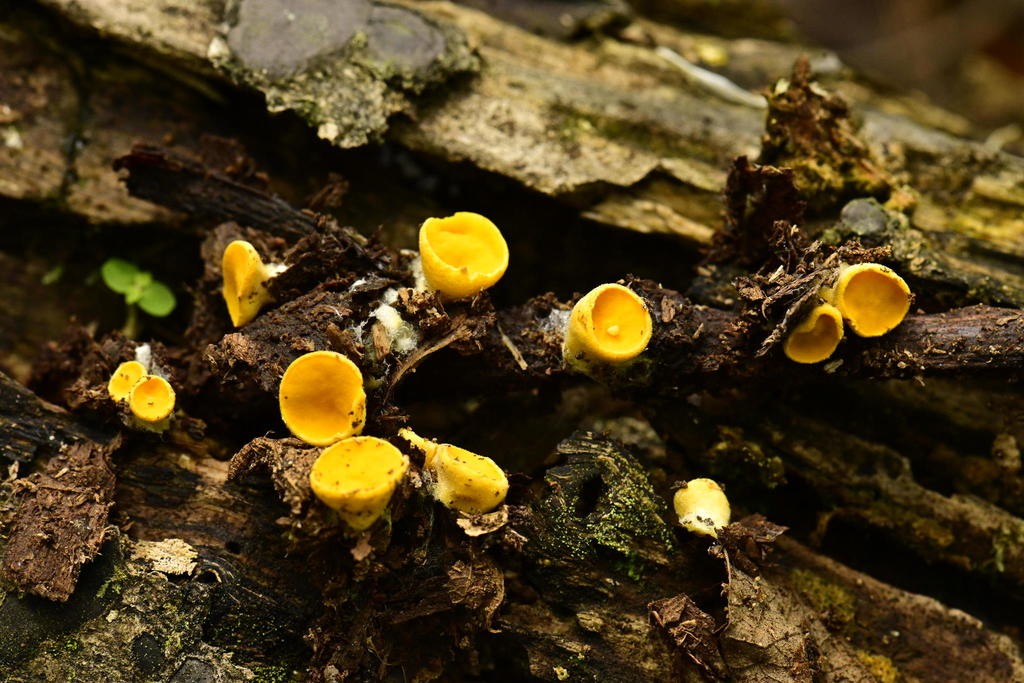Acervus
Scientific name: Acervus
Acervus
Scientific name: Acervus
 Photo By alan_rockefeller , used under CC-BY-4.0 /Cropped and compressed from original
Photo By alan_rockefeller , used under CC-BY-4.0 /Cropped and compressed from original Description
Acervus are small, cup-shaped fungi found on decaying wood and plant debris. They have bright orange or red fruiting bodies, often growing in clusters. Some species in this group have a unique ability to forcibly discharge their spores, creating a visible "puffing" effect when disturbed. Acervus are typically found in temperate forests and play a role in decomposition processes.